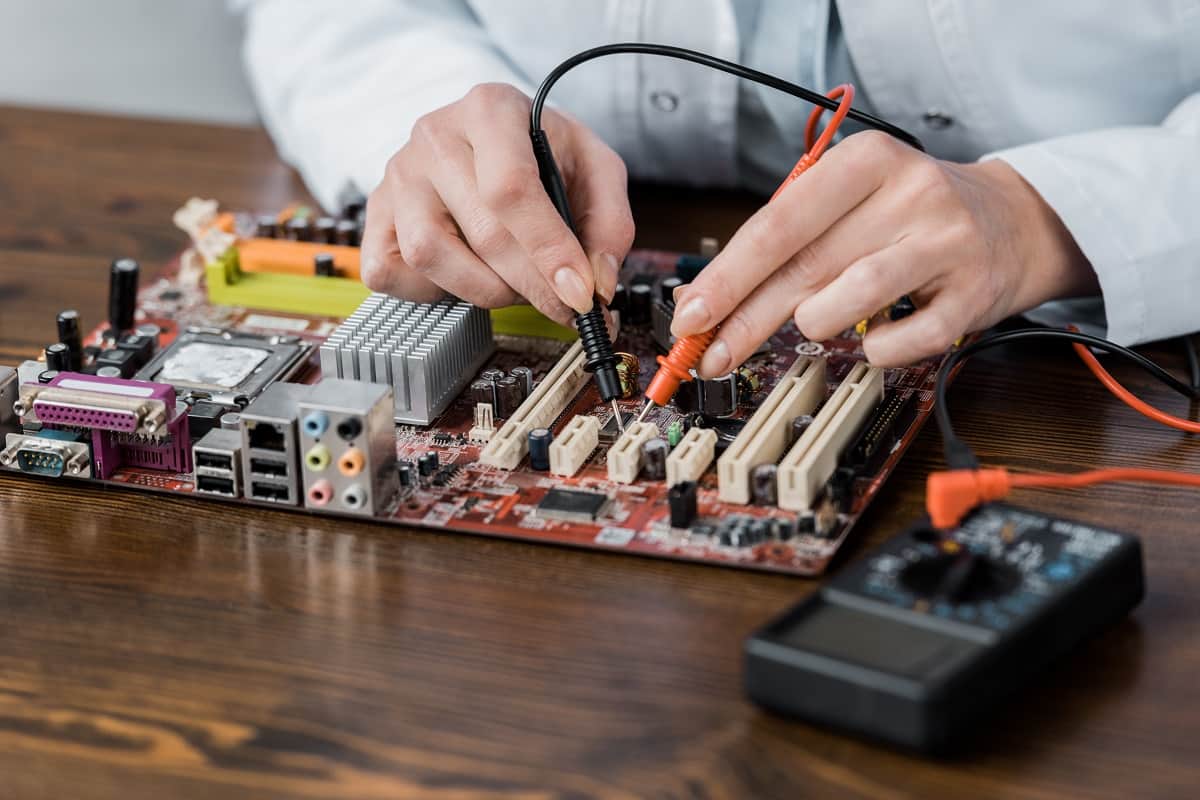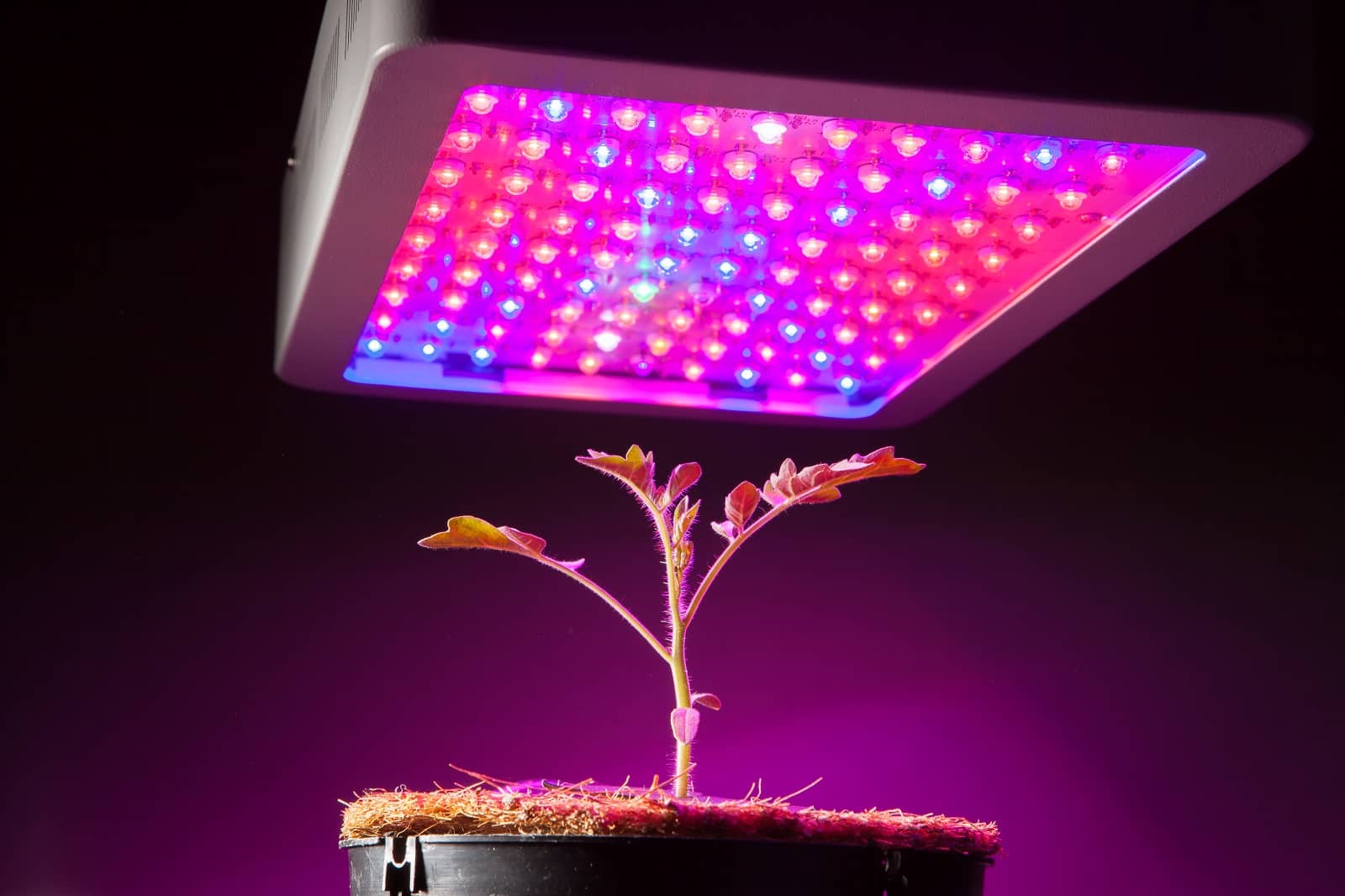Gone are the days of intense hand washing. Now, thanks to the invention of an appliance called the washing machine, home laundry has never been so easy and much more interesting. With the washing machine, less energy is used up leaving you enough to do chores on a Saturday morning. The same goes for the time but not completely the same for patients, as you need some to effectively do your laundry.
Get ready, as you will be enlightened on how to use a washing machine.
Before I dish out the steps or procedures to take, in order to effectively use the washing machine, we are going to discuss the types of the appliance in terms of design. Along with the advantages and disadvantages of each of the designs. After all that, you will be given tips on how to maintain your washing machine without causing damage in the long run.
Contents
Various washing machine designs to consider
Like every other appliance in the home, the washing machine comes in various designs. With every type having its own unique advantages that are sure to make your laundry chore a lot easier. For instance, if you are one that endures backaches, the best way to be comfortable while loading your washing machine is to load from the top of the machine. This is much better for you than the front-loader washing machine.
1. The front loaders
This washing machine can only be loaded with laundry through the front. So it will involve frequent bending. It cleans just fine like every other, the horizontal position of the agitator does not affect efficiency. The time for drying is a lot shorter. Less water is used, so you will save a lot in your water bill. And lastly, this type of washing machine is a lot gentler to fabrics, so be rest assured there will be no damage.
Drawbacks
As there are advantages disadvantage is most likely to exist. The front-loaders are good at certain things but not all. For instance, the front-loaders may have a very short drying time but the washing time is a lot longer, as it can take from 60 to 120 minutes. That is if either normal or wash settings are being used. Another drawback is the high probability of the development of mold in a front-loader washing machine. Also, if you make use of Laminate floors or just wooden floors, you need to be careful, as the front-loaders are known to cause a lot of vibrations which can damage the floor.
2. Top-loaders with Agitators
From the name, one can conclude its a washing machine that can only be loaded from the top which is very user-friendly. And that makes the top-loaders extremely preferable for those who suffer from back issues. The cycle time on this type of washing machine is a lot faster compared to other designs, making your laundry chore a lot faster. On top of that, the machine cleans just well like every other washing machine.
Drawbacks
Due to the presence of an Agitator which was designed to improve the speed of the washing machine is actually a threat to delicate fabrics. As damages are likely to occur. This type of washing machine takes a long while to dry the laundry, all thanks to the tub’s inability to spin as fast as other tubs in the different types of the washing machine. On top of all that, the washer is a lot noisier.
3. Highly efficient Top loaders
The title highly efficient not wasted on this design of a washing machine. For one, the machine actually cleans just fine, even better than most designs. It performs efficiently with less water used, this is good compared to other types of washers which make it quicker and easier to dry your laundry. The Highly efficient top loader has a tub with a larger capacity, giving you enough room to fit most of your dirty laundry and wash all at once. In addition, the washer is very quiet when compared to others.
Drawbacks
They tend to be aggressive on delicate fabrics in such a way that it will cause damage. For instance, due to the reason that the washing machine makes use of a washer that requires less water, the laundry (or clothes) could end up tangled to each other. This design of the washing machine takes a much longer time to wash. It takes from 60-80 minutes to wash when using Normal wash/Heavy soil. Due to the washers of this machine being quite spacious, certain users may find it hard to reach the bottom of the tank.
4. Compact front loaders
This is a small-sized front-loader which is best for laundry rooms with less space. They possess a width size of 24-inch, they also come with varying heights and depths.
Drawbacks
They vibrate more vigorously compared to other models of washing machine already mentioned. When using this model, your laundry chore will take a lot of time, as the cycle time for Washing and drying is longer. It’s even worse if the dryer in the machine is ventless. On top of that, the compact front loaders are quite expensive.
How to use the laundry machine: here are some steps to follow
Finally, now we are at that designated part of how to use the washing machine. All that is left for you now is to perform the following steps accordingly. There are several models of the washing machine available on the market. They each have their own unique way of washing your dirty laundry. The model that is going to be referred to is the front-loader washing machine.
DON’T MISS: 10 Must-have kitchen appliances for any home
The reason why the front loader model was chosen is that it is a very popular model amongst homes in Asia and Europe. Also in the USA, as there is a large presence of this model of a washing machine in their market. Even till today. The front loader is popular due to the fact that it is mostly recommended where water conservation is important.
Step 1: Loading
Load your dirty laundry into the washing machine from its frontal opening. Spread it around the washer tub, so that more space will be created for more clothes to be loaded. Once you are done, apply enough detergent and water into the washing machine, through the special drawer or directly into its washer tub.
Step 2: Applying detergent
Before applying detergent. Read the instructions label on the detergent container. It will help a lot in choosing the appropriate dosage for your laundry. So that there will be no bleaching or any damage to the clothes after washing, as some detergents are very corrosive to clothing materials when in excess.
Step 3: Select the right settings
Every washing machine has its own wash settings to choose from. Each of the settings has its own way of washing your laundry. There are kinds of settings to choose from. The combination of settings in a unit depends on the style of their manufacturers. There are settings such as extra silent settings, spin speed, several programs for delicate garments and silk, sportswear program, and quick wash program.
Note: a washing machine is less likely to possess all the settings and programs mentioned. A unit could have 1, 2, or 3 settings.
Step 4: Wash cycle
You should have a wash cycle in mind. This means you should be able to estimate the amount of time needs to wash larger or fewer clothing in the washer tub. For instance, if you have lots of laundries to do, then it will take more time for a wash cycle to be completed. A smaller quantity of laundry would take lesser time. After a washing cycle has ended, the water should be drained and renewed for the rinsing cycle to begin.
Note: if your laundry is quite much, then you will have to perform 3 or 3 wash cycles before you begin the rinse cycle.
Step 5: Use the dryer
DON’T MISS: Best hand mixers
After the washing and rinsing cycles have been completed, your clothes should be spotless and have a great perfumey aroma. But it still will be too wet, so the next move to make is dry or spin your wet laundry. Since most front-loaders are automatic machines there could be no need to transfer your wet laundry to another compartment which is done in semi-automatic washing machines. Just like when you are washing, the size of the laundry in the washer tub determines the amount of time an operation (washing, rinsing, and drying) will need to take place.
Step 6: Hang them quick
Once you are done with the wash, rinsing and drying cycles, the next and only step left to do is take the cloth is out of the spinner and then dry with sunlight. It will take less time to dry up, as there is less water content.
Tips on how to maintain the washing machine
Here are some tips on how to ensure your washing machine remains in perfect working conditions for a longer period of time.
Clean the lint filter
Make sure to clean up the lint filter immediately after washing. The position of the lint cover depends on the design of your washing machine. In some, the lint collector can be located in the agitator tube or near the top of the washtub. Cleaning the lint collector will ensure the washer runs perfectly.
Replace the water hose
This should be a proactive maintenance program, which must be practiced regularly. One should check for crackings, bulging, leaks and frayings around its edges as they usually appear there. It takes between 3 to 5 years for you to experience issues with the hose.
Keep the machine on even level
There are certain washing machines that require you to make use of a more kit while they are in use. You will notice a kiter being among the components for a washing machine with an agitator. Without the kiter, the washing machine will begin to vibrate so vigorously it could move out of position. Which can end up damaging the floor or the machine itself? So it is best to balance the washer by rotating its legs to the clockwise direction, in order to lower the machine. It can also be turned anticlockwise so it can be raised.
Do not overload the washing machine
This means that you should add enough water according to the quantity of laundry on the washer tub. The wrong quantity will damage the machine or prevent it from working smoothly.
Measure the amount of detergent to use
The guidance you are looking for can be found in the machine’s manual. You will find instructions that tell you which detergent is best for it and the amount it will require. If too much soap is being used, the washer tub will have lots of residue on it, which will then cause wear and tear over time.
Prevent the washer from musty odors
DON’T MISS: Best robotic pool cleaners on the market today
For all washing machines, Between intervals of loading the washer tub, make sure the lid is opened so that the washing machine unit will dry up and have a pleasant aroma. For on front-loaders in particular, wipe clean the washer rubber seal around the door. This should be practiced once you are done with laundry.
Keep spaces for the machine
When installing a washing machine, make sure the distance between the wall and the washing machine is at least 4-inches. This will help prevent the hose from kinking.
Wash the washing machine when done with laundry
With water, rinse away the soap residue. Or you could make use of a solution of hot water, baking soda, and vinegar through the machine’s empty load.
Add a drip pan
This is very important as the washers tend to leak drops of water which could damage the floor in the long run.
Conclusion
So there you have it. Every basic thing you need to know on how to wash the machine. In this post, you were given the types or designs of washing machine you could work with, along with each of their pros and cons. You’ve also been given maintenance tips for prolonging your washing machine’s effectiveness. And finally.
In this post, there are steps you can follow which will ensure you use your washing the right way. By now, it should be like child’s play when you are doing your laundry. No more damaged garments or long laundry days.
Jim Powell
Jim is our staff editor and writer. He has a degree in engineering. His hobbies are radio engineering and new technologies about which he has been writing for more than 7 years.



